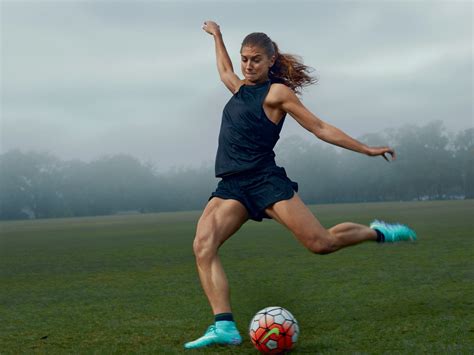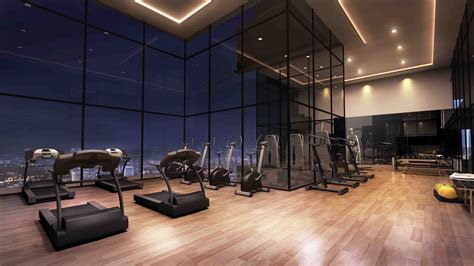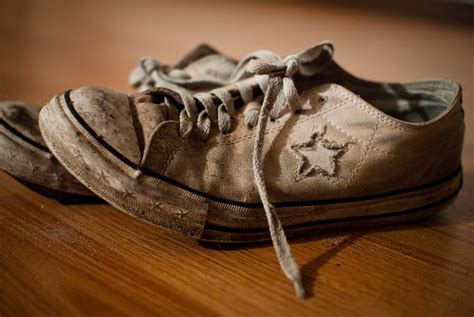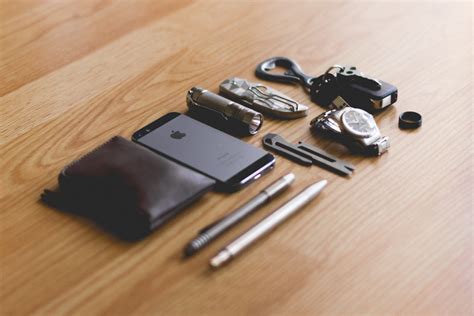Optimize workout gear: prevent injury, boost performance?

The Critical Role of Proper Workout Gear
In the pursuit of fitness, many focus intensely on their workout routines, diet, and recovery. However, one crucial element often overlooked is the impact of their workout gear. Far from being mere accessories, the right equipment can be the silent hero behind your success, directly influencing both your safety and your ability to perform at your peak. From footwear to apparel, optimizing your gear is an investment in your physical well-being and athletic potential.
Injury Prevention: Your First Line of Defense
The primary benefit of proper workout gear lies in its capacity to prevent injuries. Ill-fitting shoes, inadequate support, or worn-out equipment can lead to strains, sprains, and chronic pain, sidelining you from your fitness goals. Shoes, for instance, are perhaps the most critical component. Designed to provide cushioning, stability, and grip, the right pair can absorb impact, support your arches, and prevent slips, safeguarding your joints and feet during high-impact activities or heavy lifting.
Beyond footwear, supportive apparel like compression wear can aid in muscle stability, reducing vibrations that lead to fatigue and minor muscle tears. Gloves can protect your hands from calluses and provide a better grip, while knee or wrist wraps offer essential support during strenuous exercises. Investing in gear that fits well and is appropriate for your specific activity is not an indulgence; it’s a preventative measure that keeps you active and pain-free.

Boosting Performance: More Than Just Comfort
While injury prevention is paramount, optimized workout gear also plays a significant role in enhancing your performance. Modern athletic apparel is engineered with advanced materials designed to wick away sweat, regulate body temperature, and offer unrestricted movement. This allows you to stay comfortable, focused, and efficient throughout your session.
Imagine trying to run a marathon in heavy, cotton clothes that absorb sweat and chafe, or lifting weights in restrictive attire. Performance-enhancing gear minimizes distractions, enabling you to maintain proper form and exert maximum effort. Compression garments, for example, can improve blood circulation, which may contribute to better oxygen delivery to muscles and faster recovery times. The right gear makes every movement feel more natural and every effort more effective, contributing to improved endurance, strength, and agility.

Essential Gear Checklist & Maintenance
To ensure your gear is always working for you, consider this essential checklist and maintenance advice:
- Footwear: Choose shoes specific to your activity (running, lifting, cross-training). Replace running shoes every 300-500 miles or every 6-12 months, as cushioning and support degrade over time.
- Apparel: Opt for moisture-wicking, breathable fabrics. Ensure clothes fit well – not too tight to restrict movement, nor too loose to cause chafing.
- Supportive Gear: Gloves, wrist wraps, knee sleeves, or belts should be used when necessary for protection and support, especially during heavy lifting.
- Hydration & Accessories: A good quality water bottle, a clean towel, and perhaps a gym bag to keep everything organized are also crucial for a smooth workout.
Regular maintenance is key. Wash your workout clothes after every use to prevent odor buildup and prolong their life. Store shoes in a well-ventilated area to dry completely. Inspect all gear regularly for signs of wear and tear, and replace items proactively rather than reactively.

When to Upgrade or Replace Your Gear
Knowing when to part with your beloved, but worn-out, workout companions is critical. Beyond the general guidelines for shoe replacement, pay attention to these signs:
- Visible Wear: Holes, tears, thinning fabric, or stretched-out elastic in apparel.
- Reduced Support: If your shoes feel less cushioned, less stable, or your supportive gear no longer provides adequate compression.
- Increased Discomfort: If you start experiencing new aches, pains, or chafing that weren’t present before.
- Changes in Activity: If you transition to a new sport or significantly change your training intensity, your current gear might no longer be suitable.
Don’t wait until an injury occurs to realize your gear is past its prime. Proactive replacement saves you from potential setbacks.

Invest in Your Fitness Journey
Optimizing your workout gear is more than just about looking good at the gym; it’s about safeguarding your body, maximizing your efforts, and ensuring a sustainable, injury-free fitness journey. By choosing the right equipment, maintaining it properly, and replacing it when necessary, you empower yourself to train smarter, harder, and more effectively. Make the conscious choice to invest in gear that supports your goals and protects your body – your future self will thank you.







